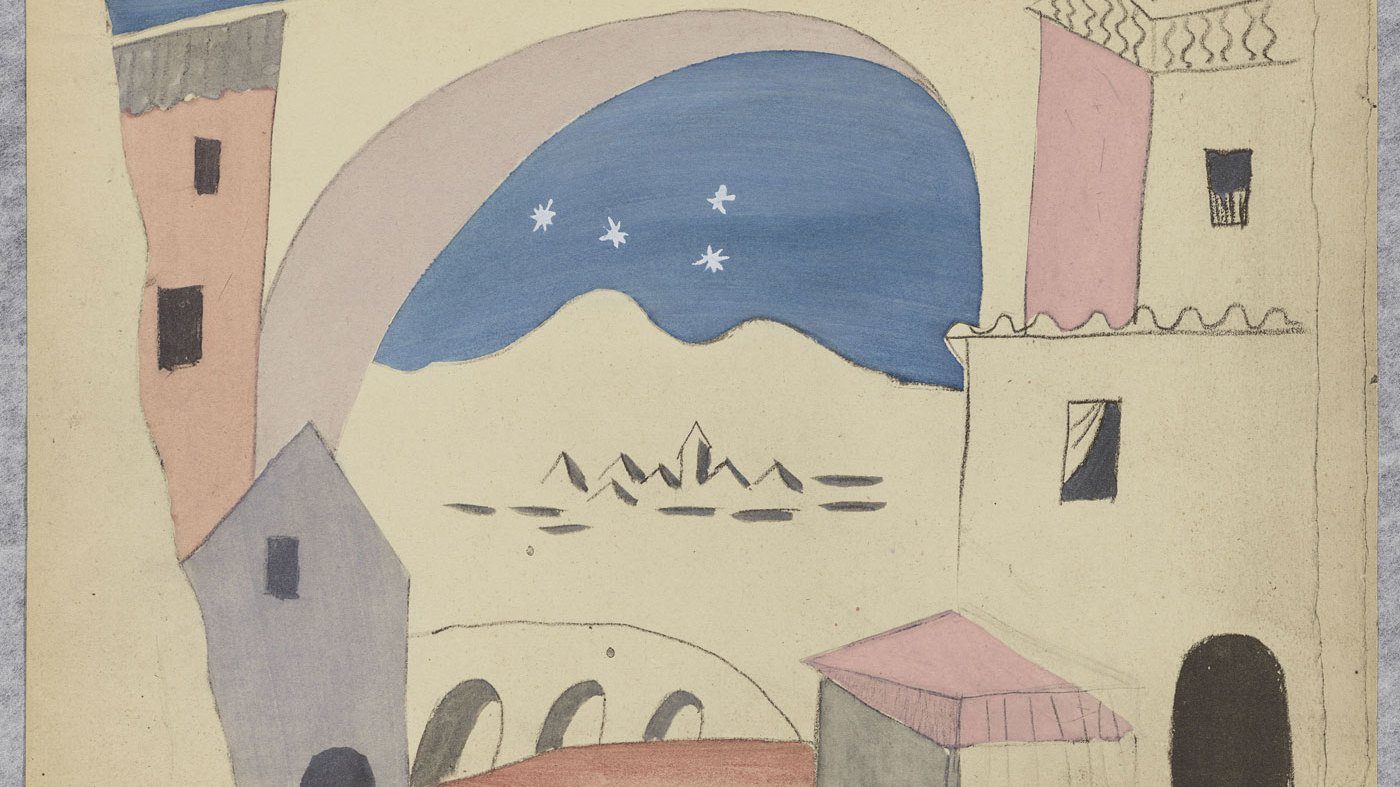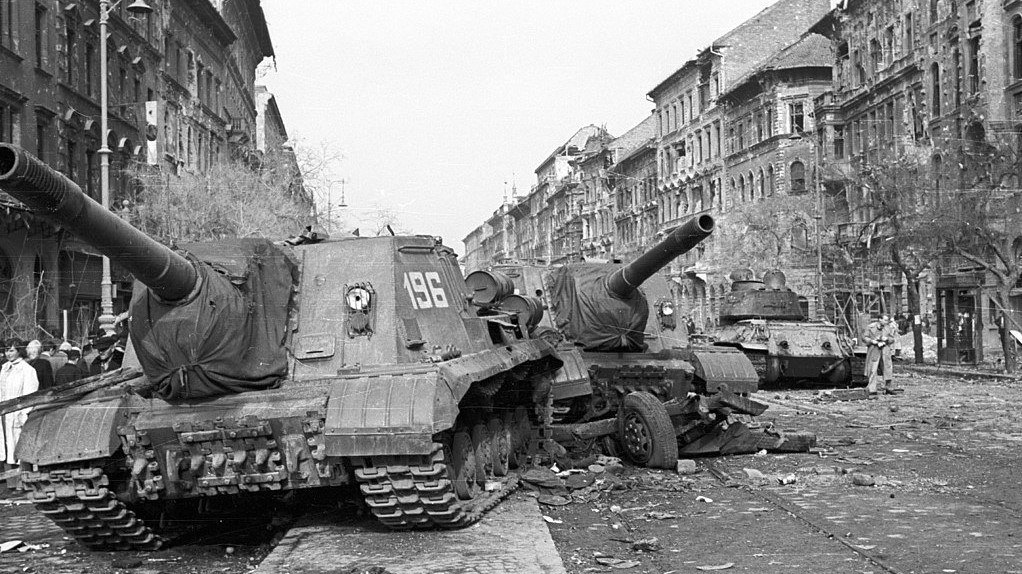1938 Recording: Manuel de Falla’s “Spanish Dance No. 1,” Fritz Kreisler
Manuel de Falla’s 1913 two act opera, La vida breve (“Life is Short”), is rarely performed today. Set in Granada, it tells the story of a young gypsy girl, Salud, who falls in love with the wealthy and seductive Paco. Despite their vow of eternal love, Paco abandons Salud to marry a woman of his own social class to whom he was already engaged. At the end of Paco’s wedding reception, he denies knowing Salud …






